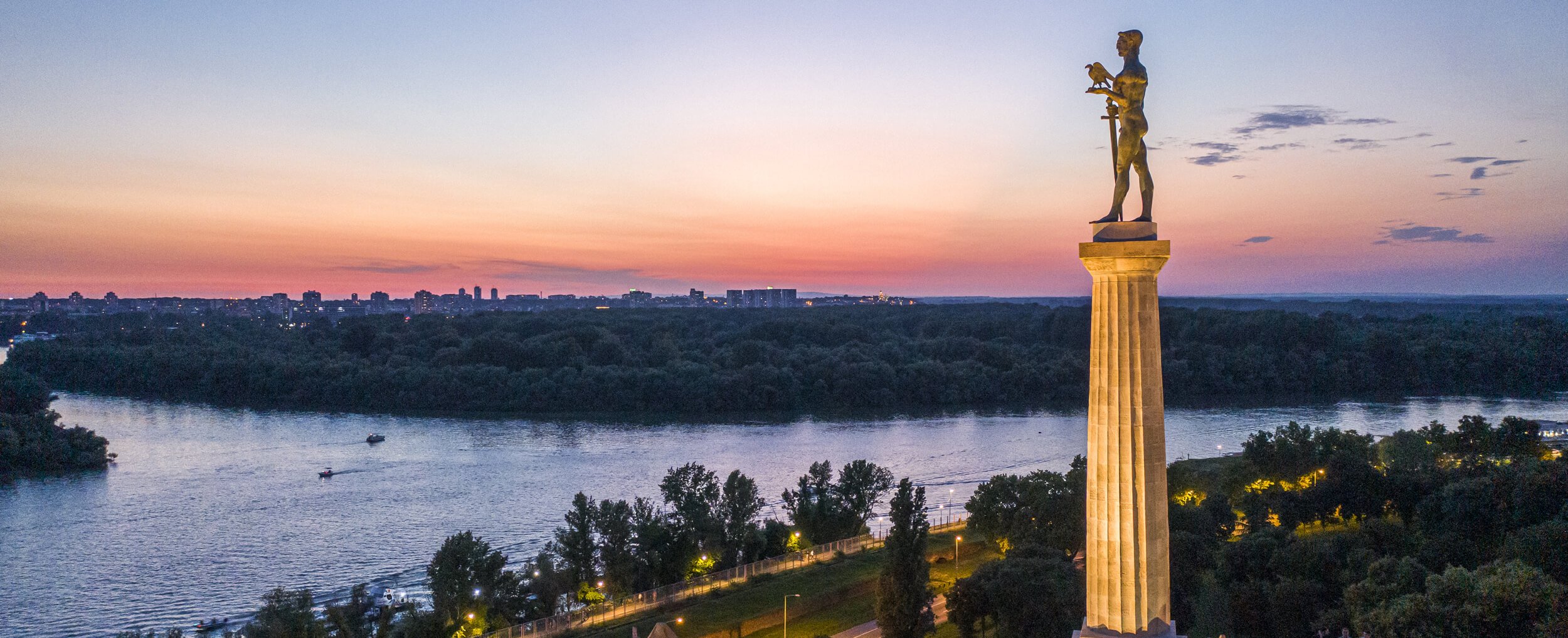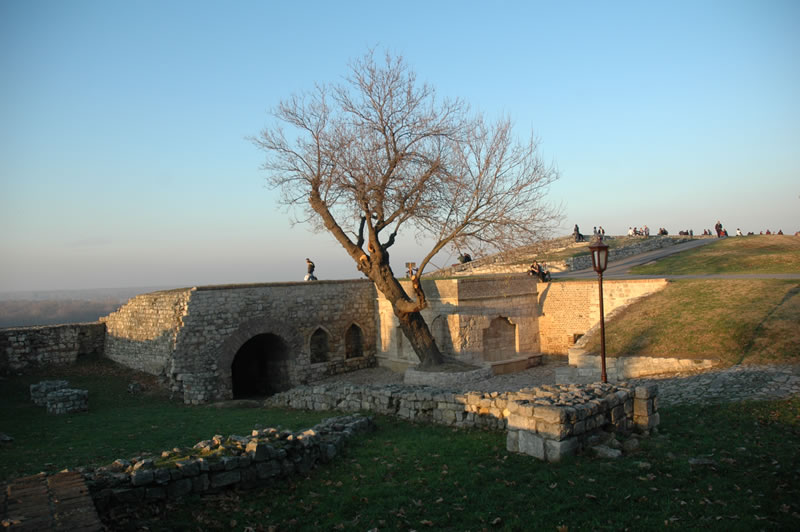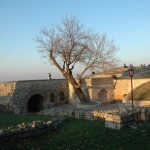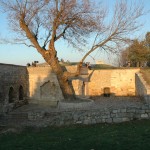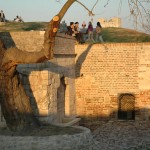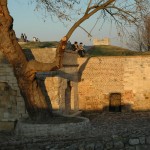The fountain of Sokollu Mehmed Pasha is the only endowment of this famous Turkish vizier in Belgrade. At the time when it was built, between 1576 and 1577, this part of the fortress looked completely different and so the fountain was located in a moat, under the bridge that led to the main gate of the castle (the remains of this gate are opposite the fountain).
The fountain was made as an art structure with a decorative facade, and in its centre there is a water tank. This is where the water supply line that connected Belgrade with the springs in the area actually ended. All three free facades of Mehmed Pasha’s fountain were stylised with a niche with a stone trough on the front side, while decorative relief plates adorned the place where the water pipes came out. The trough is carved from stone slabs connected by iron joints.
The fountain lost its former appearance at the end of the 17th century, during the construction of the Defterdar Gate and the removal of the remains of the castle. Then its upper parts were rebuilt and a new wall was erected between the gate and the fountain, decorated with two shallow niches. Also, during the Austrian occupation, a new water supply system was built with a vaulted corridor, parts of which can be seen in some parts of the fortress, and one of the entrances to this corridor is located near the Sokollu Mehmed Pasha Fountain. The fountain was recently renovated, but its final arrangement is yet to come.
***Sokollu Mehmed Pasha was an important figure in the Ottoman Empire. Originally a Serb, he was born in the village of Sokolovici in Herzegovina and was educated in the Mileseva monastery near Prijepolje. At the age of 15, he was taken to the janissaries and thanks to his exceptional abilities, he was accepted into the court service and gained the trust of Sultan Suleiman the Magnificent. In 1565, he became Grand Vizier (Sultan’s advisor), which was the highest title in the empire. The personal influence of Sokollu Mehmed Pasha came to the fore especially during the time of Sultan Selim, after whose death he fell into the disfavour of his successor and was assassinated. He took part in the battle of Mohacs in 1526 and the siege of Vienna in 1529, as well as in the war against Persia and the siege of Baghdad in 1545. By his order, a bridge over the Drina was built in Visegrad, which is described in the novel The Bridge on the Drina by Nobel laureate Ivo Andric.
Works on the reconstruction and restoration of this monument were carried out in 2017 according to the design of the Institute for the Protection of Cultural Monuments of the City of Belgrade.

